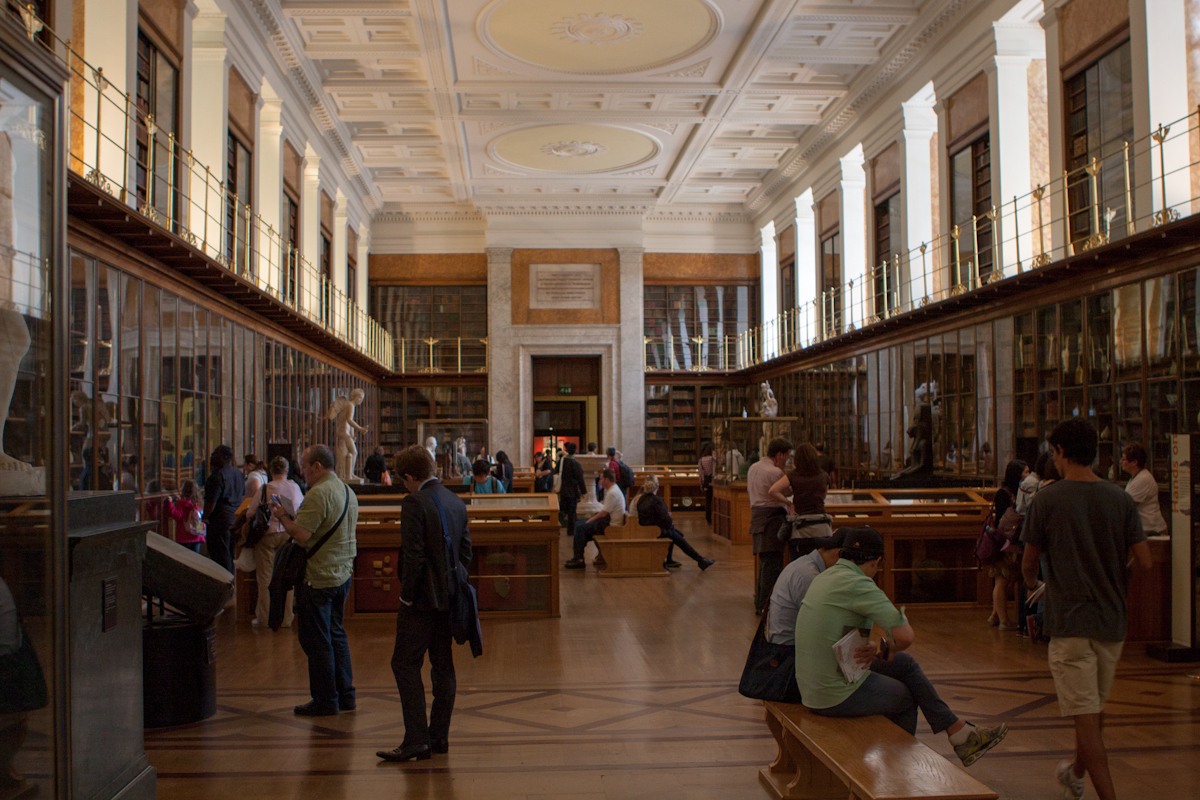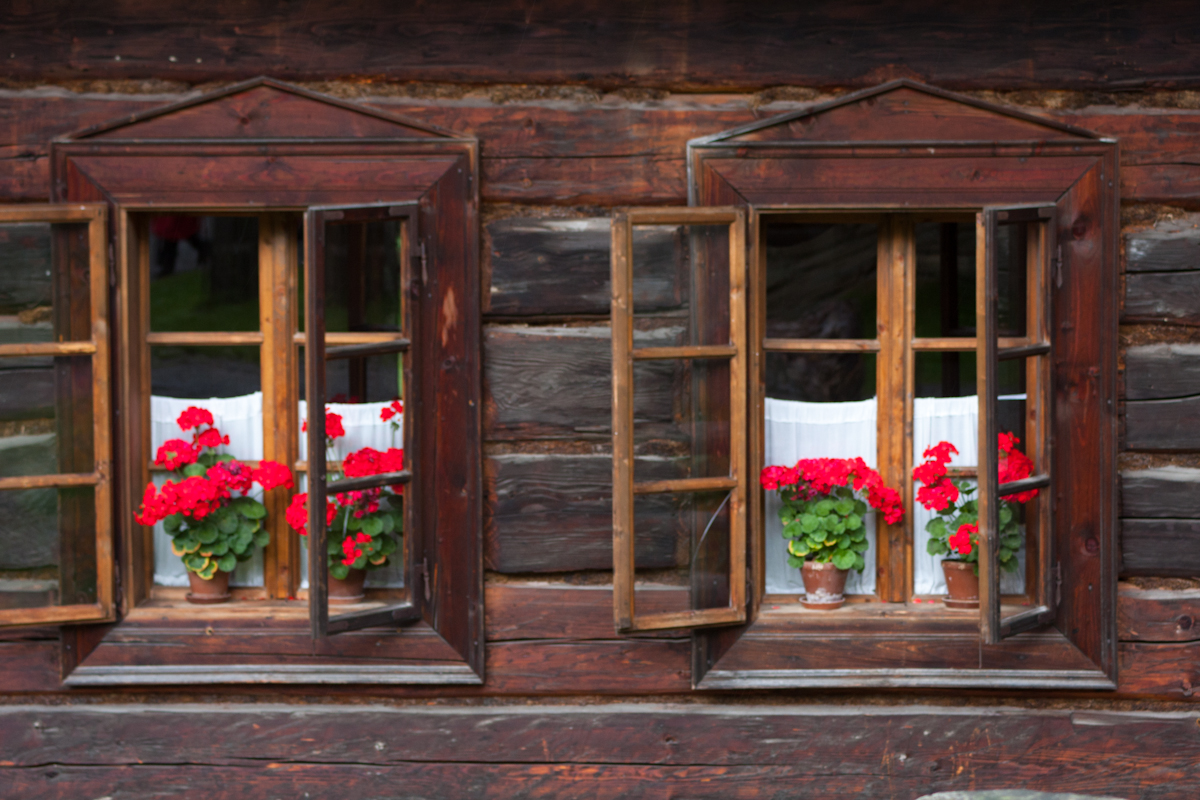The British Museum is a museum in London dedicated to human history and culture. Its permanent collection, numbering some eight million works, is among the largest and most comprehensive in existence and originates from all continents, illustrating and documenting the story of human culture from its beginnings to the present.
The British Museum was established in 1753, largely based on the collections of the physician and scientist Sir Hans Sloane. The museum first opened to the public on 15 January 1759 in Montagu House in Bloomsbury, on the site of the current museum building. Its expansion over the following two and a half centuries was largely a result of an expanding British colonial footprint and has resulted in the creation of several branch institutions, the first being the British Museum (Natural History) in South Kensington in 1887. Some objects in the collection, most notably the Elgin Marbles from the Parthenon, are the objects of intense controversy and of calls for restitution to their countries of origin.
Tag Archives: museum
Auschwitz concentration camp
Auschwitz concentration camp (Poland, nearby Krakow) was a network of concentration and extermination camps built and operated by the Third Reich in Polish areas annexed by Nazi Germany during World War II. It was the largest of the German concentration camps, consisting of Auschwitz I, Auschwitz II–Birkenau, Auschwitz III–Monowitz and 45 satellite camps.
Auschwitz had for a long time been a German name for Oświęcim, the town by and around which the camps were located. The name “Auschwitz” was made the official name again by the Germans after they invaded Poland in September 1939. Birkenau, the German translation of Brzezinka (= “birch forest”), referred originally to a small Polish village that was destroyed by the Germans to make way for the camp. More…
Windows – Orava village
The Museum of the Orava Village is located in Zuberec. This open air museum of folk architecture exhibits intact rural houses brought from all around the region of Orava and re-assembled in Zuberec. The oldest building, a Gothic wooden church, was constructed in the 15th century. The museum itself was founded in 1967. The interior of the buildings hosts an ethnographic collection. The gardens and fields around the houses show various ancient forms of farming and animal husbandry.


